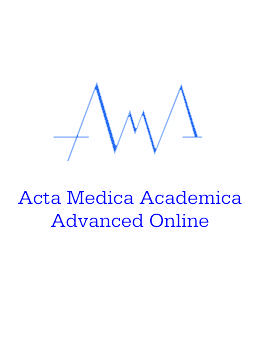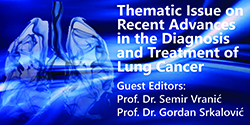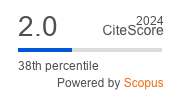Lodder–Merla Syndrome, a Multisystemic Disorder: Perioperative Anesthetic Management of an Infant
DOI:
https://doi.org/10.5644/ama2006-124.475Keywords:
Lodder-Merla, Sick Sinus Disease, ChildAbstract
Objective. This paper aims to present the perioperative anesthetic challenges in an infant with Lodder–Merla syndrome.
Case Report. We present a case report of a 7-month-old infant with Lodder–Merla syndrome, a pacemaker, epileptic spasms, and severe reflux, who was scheduled for open gastrostomy and gastrojejunal tube insertion. Such an intervention would constitute a second consecutive procedure under general anesthesia, shortly after pacemaker implantation. Perioperatively, emphasis was given to maintaining respiratory and cardiac stability, avoiding drugs with parasympathomimetic effects, preventing aspiration, optimizing ventilation, and controlling seizures.
Conclusion. Since Lodder–Merla syndrome affects many organs, perioperative multidisciplinary collaboration and optimization of the affected systems are fundamental.
References
Lodder EM, De Nittis P, Koopman CD, Wiszniews- ki W, Moura de Souza CF, Lahrouchi N, et al. GNB5 Mutations Cause an Autosomal-Recessive Multisys- tem Syndrome with Sinus Bradycardia and Cogni- tive Disability. Am J Hum Genet. 2016;99(3):704-10. doi: 10.1016/j.ajhg.2016.06.025. Epub 2016 Aug 11. Erratum in: Am J Hum Genet. 2016;99(3):786. doi: 10.1016/j.ajhg.2016.08.011. PMID: 27523599; PMCID: PMC5010642.
Poke G, Sadleir LG, Merla G, de Valles-Ibáñez G, Skinner JR. GNB5-Related Neurodevelopmental Disorder. 2021 Aug 26 [updated 2021 Sep 9]. In: Adam MP, Feldman J, Mirzaa GM, Pagon RA, Wallace SE, Amemiya A, edi- tors. GeneReviews® [Internet]. Seattle (WA): University of Washington, Seattle; 1993–2025. PMID: 34436834.
De Nittis P, Efthymiou S, Sarre A, Guex N, Chrast J, Putoux A, et al. Inhibition of G-protein signalling in cardiac dysfunction of intellectual developmental dis- order with cardiac arrhythmia (IDDCA) syndrome. J Med Genet. 2021;58(12):815-31. doi: 10.1136/jmedgen- et-2020-107015. Epub 2020 Nov 10. PMID: 33172956; PMCID: PMC8639930.
Yazdani S, Badjatiya A, Dorrani N, Lee H, Grody WW, Nelson SF, et al; Genetic characterization and long-term management of severely affected siblings with intellec- tual developmental disorder with cardiac arrhythmia syndrome. Mol Genet Metab Rep. 2020;23:100582. doi: 10.1016/j.ymgmr.2020.100582. PMID: 32280589; PM- CID: PMC7138921.
Downloads
Published
License
Copyright (c) 2024 Elsa Astyrakaki, Eleanna Garini, Savva Georgousi, Dimitra Tsitoura, Eirini Gazelopoulou

This work is licensed under a Creative Commons Attribution 4.0 International License.






